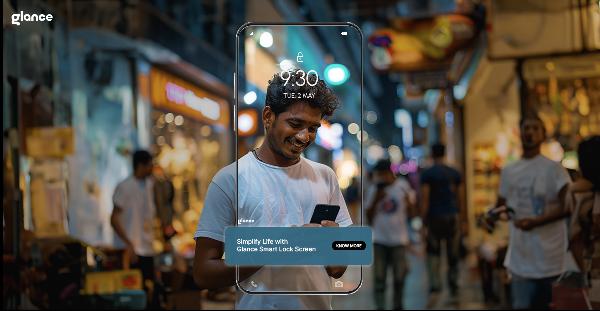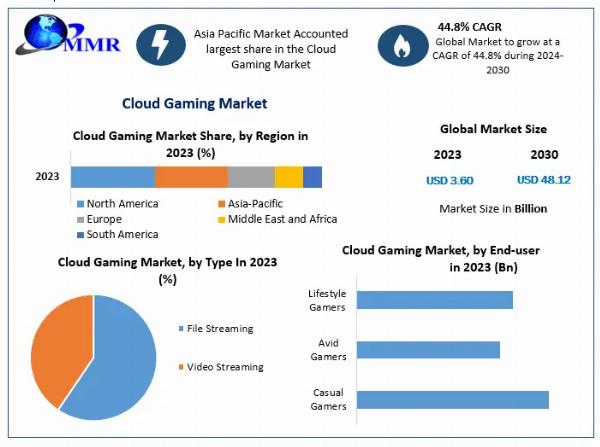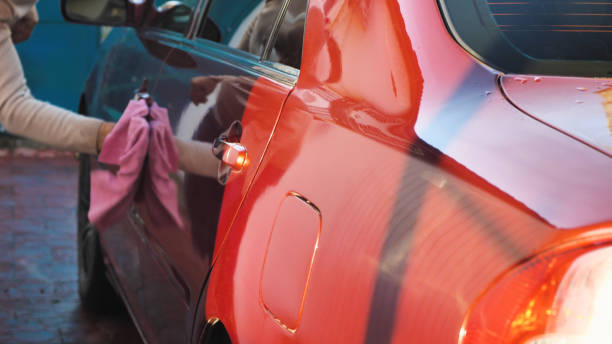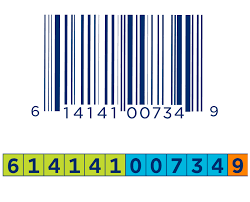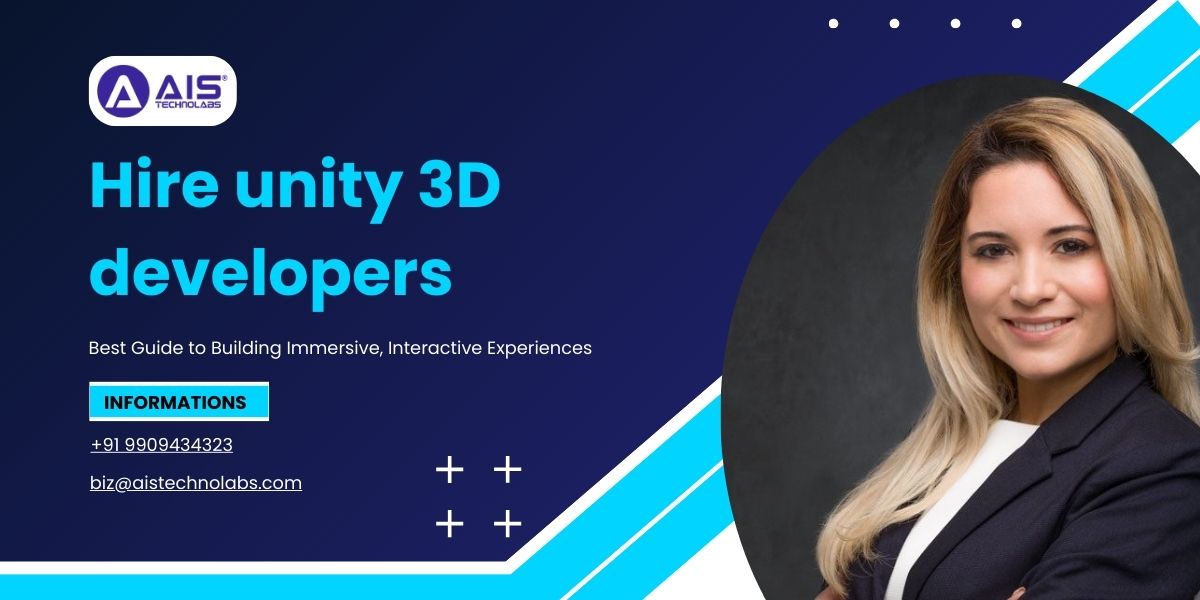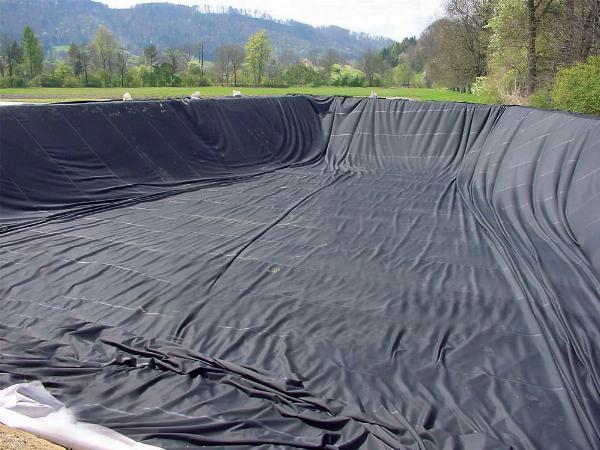Amid the hype, contractors find practical safety uses for AI
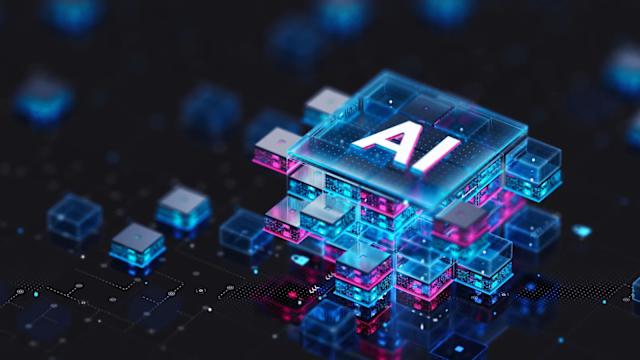
This story was originally published on Construction Dive. To receive daily news and insights, subscribe to our free daily Construction Dive newsletter.
Since artificial intelligence, especially generative AI, has become widely available, the tech has dominated headlines as businesses and workers alike seek answers and best practices.
Construction companies have been bombarded with pitches from companies offering AI-supported products, especially in the area of jobsite safety.
“I think what the biggest challenge that our contractors are facing is they're … frustrated because it's coming at them so fast,” Greg Sizemore, vice president of workforce development, safety, health and environment for Associated Builders and Contractors told Construction Dive.
In this complex landscape, safety experts say they have brought skepticism to the countless pitches as they evaluate the best ways to implement AI into their workflows in an effort to improve jobsite safety.
“We spend a lot of time telling our contractors, ‘be careful what you draw down,’” Sizemore said. “The caution right now is don’t take it at face value.”
But industry leaders leveraging AI say the good news is that the guidance for the use of generative tools remains the same: Use it as a tool to speed up workflows rather than to replace or add on to existing processes.
Data and governance
In February, Skanska unveiled Sidekick, an AI chatbot. The tool is designed to help the company explore catalogs of data from its numerous projects without introducing secret or proprietary information to the public domain.
Built using the same tech as ChatGPT, users can ask Sidekick questions and it responds with answers based on a collection of internal data that will remain within Skanska’s proprietary cloud. The product is for internal use only and will not be sold commercially.
“We can start to leverage the experience and knowledge from across all of Skanska so that, ‘Hey, I'm not simply learning from my own mistakes and avoiding those, I'm learning from the mistakes of thousands and thousands of other Skanska projects,’” said Will Senner, senior vice president of preconstruction for Skanska.
Sidekick helps to identify which projects and tasks pose the biggest risk, Senner said, assisted by the huge amount of data the Stockholm-based contractor and developer has collected.
“The success of that effort's going to be dependent on the quality of the underlying information that you've got and the breadth and depth of that information,” Senner said.
Story ContinuesThe large amounts of information collected on jobsites can be a good starting point, said Patrick Scarpati, director of construction technology and innovation for ABC. Even smaller builders often incorporate photo capture or security cameras on their jobs.
“There is a lot of data thrown around on jobsites now with a lot of digital-based project management platforms,” Scarpati told Construction Dive. “We're still learning as an industry how to structure all of that, right? Data governance, that's the true power of AI, right?”
Milford, Massachusetts-based Consigli Construction Co. has begun leveraging fixed cameras, drone footage and 360-degree documentation for AI safety analysis, said Jack Moran, senior construction technology director for the firm. Consigli has also actively beta-tested DroneDeploy’s Safety AI platform — which captures and seeks to identify potential hazards on site — on several K-12 and higher education projects with plans to roll out use wider soon.
Moran said the contractor is also using it to collect data.
“We are also exploring AI, machine learning and text bots to streamline the collection and management of safety-related data, such as training records, certifications and materials tracking to better improve and inform our safety operations,” Moran told Construction Dive. “Additionally, we’re evaluating how natural language tools can help teams more easily report, query, and retrieve safety documentation across the project lifecycle.”
Knowing what AI is not
Sizemore said when talking to ABC members about AI use, often someone makes a “Terminator” reference — indicating wariness over the tech and its impact. The comments are a joke, Sizemore said, but they represent real concern.
“These are leaders of companies going, ‘Are my employees going to be replaced in X amount of years because of AI?’” Sizemore said. “And we always bring it back to education and understanding what AI can actually offer you.”
AI is not an additional tool to be added to an existing workflow, Senner emphasized. It also won’t fully replace a worker yet, especially not someone with expertise.
“In our mind, the end game of this is not chatbots, right? Like, this is not about, ‘Hey, here's a chatbot to ask questions about safety,’” Senner said. “This is about how can we deliver the right safety insights to our people at the right time.”
And — unlike the goals of Terminators in blockbuster movies — that human element should remain, Moran said.
“Importantly, we don’t treat AI as a substitute for human judgment. It’s a supplement that helps us scale our attention and gain better visibility across complex, fast-moving jobsites,” Moran said.
Recommended Reading
-
Agentic AI is the new tech buzzword. Here’s what builders need to know.
In the midst of technological frenzy, savvy contractors are uncovering practical and efficient safety applications for AI that leverage its advanced analytics to enhance workplace protection.
In an age of tech hype, it's refreshing to see construction professionals putting AI into practical use for enhancing workplace safety.
Amid the hype surrounding artificial intelligence, ingenious contractors are finding practical and effective ways to incorporate AI into their safety protocols for enhanced efficiency in construction sites.
In the midst of AI hype, innovative contractors are utilizing practical safety applications to streamline processes and enhance work environments.
In the midst of all hype and excitement, smart contractors are navigating practical applications for AI in ensuring workplace safety—pioneering a safer future through innovative tech solutions.
In the midst of overwhelming hype surrounding AI, it is refreshing to see contractors prioritizing practical safety applications that harness artificial intelligence for tangible benefits on construction sites.
Amidst the夸大其辞的炒作,承包商们在其应用中展现出对人工智能的实际安全价值提出了明智而实用的解决方案。
In the midst of all-pervading hype surrounding artificial intelligence, construction contractors are wisely exploring practical solutions for enhancing safety through AI applications.
In the midst of AI's conflicting promises and hype, creative contractors have discovered practical safety applications that transcend mere buzzwords into tangible solutions on construction sites.
In the midst of all technological hype, contracting firms skillfully utilize AI's practical applications for enhanced safety measures.


